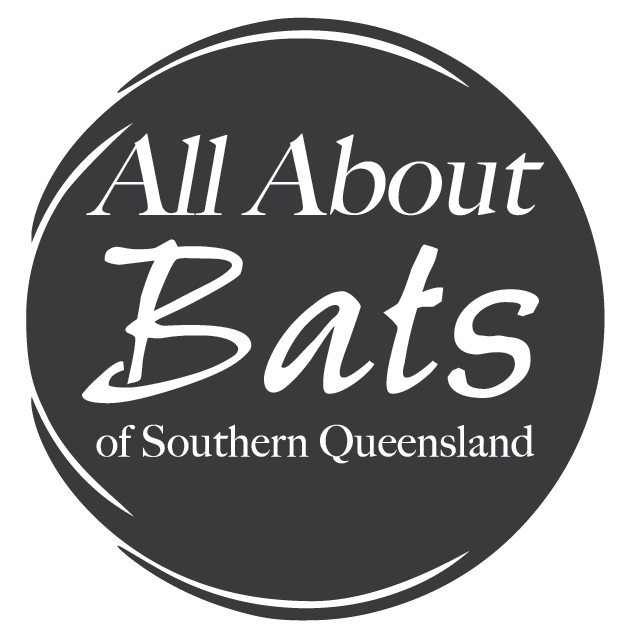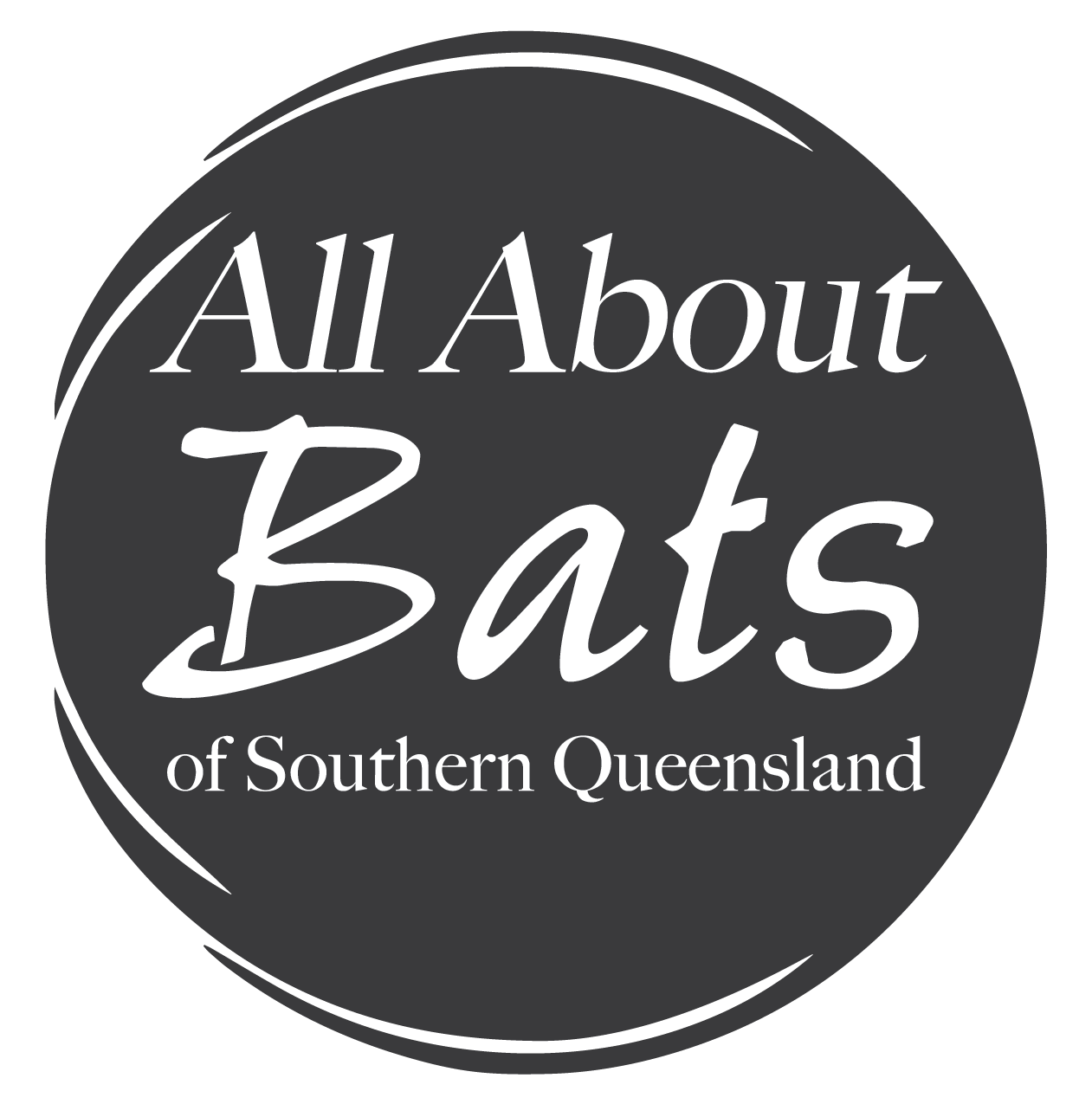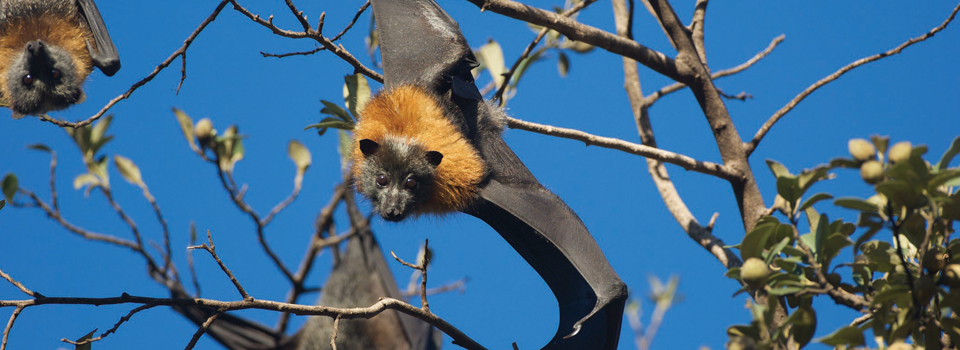Year 5 students are introduced to how flying-foxes have adapted to their environment. It allows students to explore the bat wing and compare it to the human arm. It looks at how the mega-bats and micro-bats have evolved differently. Finally it introduces students to how we can learn to live peacefully with flying-foxes.
Lesson 5.1 Adaptations of flying-foxes
This lessons starts with a quiz about the flying-fox adaptations to asses students prior knowledge. Students don’t look at the answers at this stage but instead look at the similarities and differences between flying-foxes (a type of mega-bat) and micro-bats. They are introduced to the process of natural selection and explore what selection pressures might have applied to bats.
Lesson 5.2 How do flying-foxes fly?
Students watch and discuss videos about how flying-foxes move both in the air and on land. They then do a series of activities as a circuit which allows them to explore the structure of a bat wing and compare it to the human arm.
Wild detectives: bats easting and flying
Flying-fox fighting a Python
Grey-headed flying-foxes at Kew, Victoria
Flying-foxes drinking, Wolli Creek, NSW
Lesson 5.3 Living with flying-foxes
If our native wildlife and trees are going to survive we must learn to live with them. Students will explore how we might live together through creative storytelling and writing, and interpreting a factual text. The lesson ends with a reflection of learning gained by repeating the quiz and discussing the answers.
Micro-bat extension activity: Echolocation made easy
Students are introduced to sound waves and echolocation. They look at how micro-bats use echolocation to find food and to navigate their surroundings. Students compare their hearing to that of a micro-bat.
- Activity – Coming soon!
- Echolocation Made Easy Poster
VIDEO – Batney Ears – Echolocation


